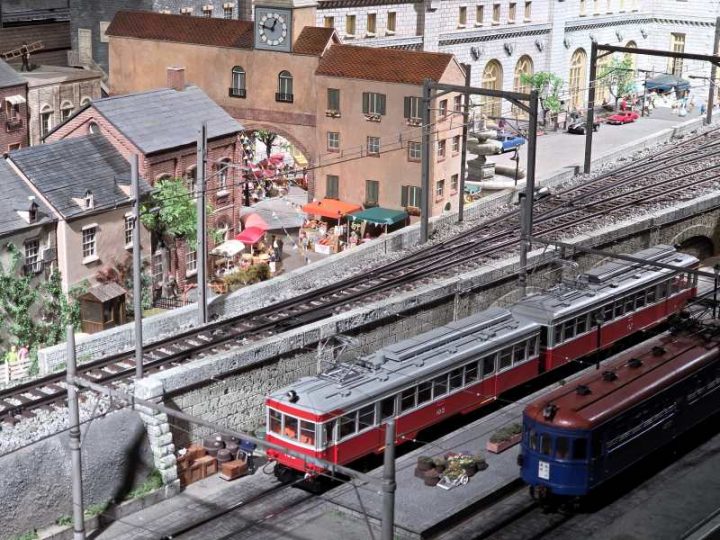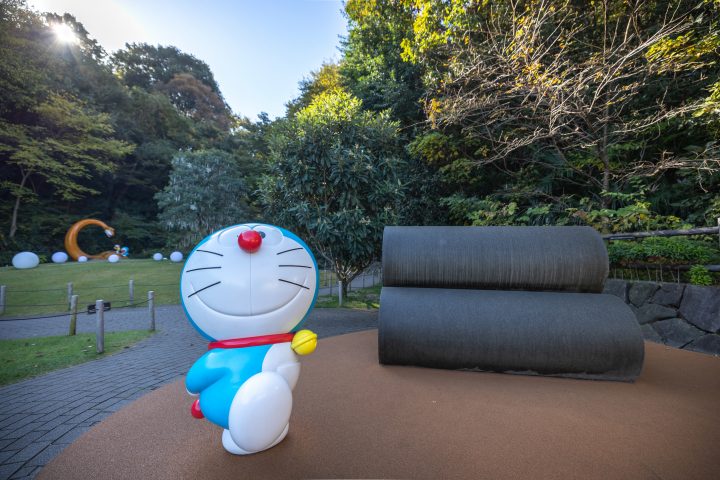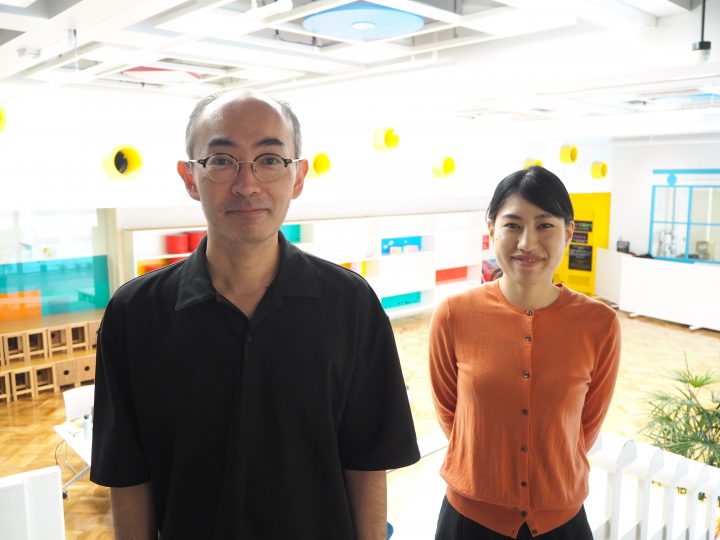[The Magic of Art 06] Taro Okamoto Museum of Art, Kawasaki: Unwavering Passion for Art
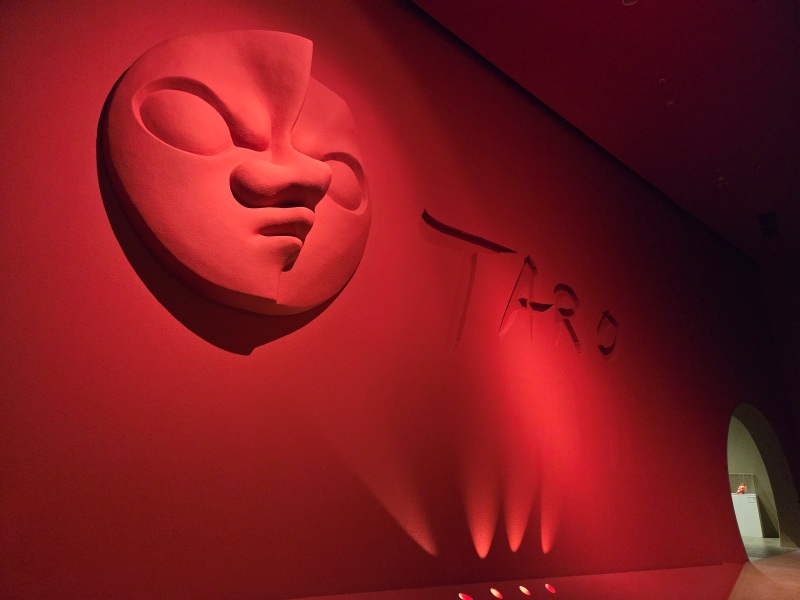
The Taro Okamoto Museum of Art in Kawasaki is set to reach a cumulative total of 2 million visitors in March 2025. The museum is home to a collection of precious works donated by artist Taro Okamoto, who created the Tower of the Sun, the symbol of the 1970 World Exposition (Osaka Expo), and served as the exhibition producer for the Theme Pavilion, when he was 80 years old. With the Expo once again being held in Osaka, we spoke with curator Reiko Sato about this museum, which has been attracting attention.
(Top image: "Red Room" at the Taro Okamoto Museum of Art, Kawasaki)
About Taro Okamoto as a person
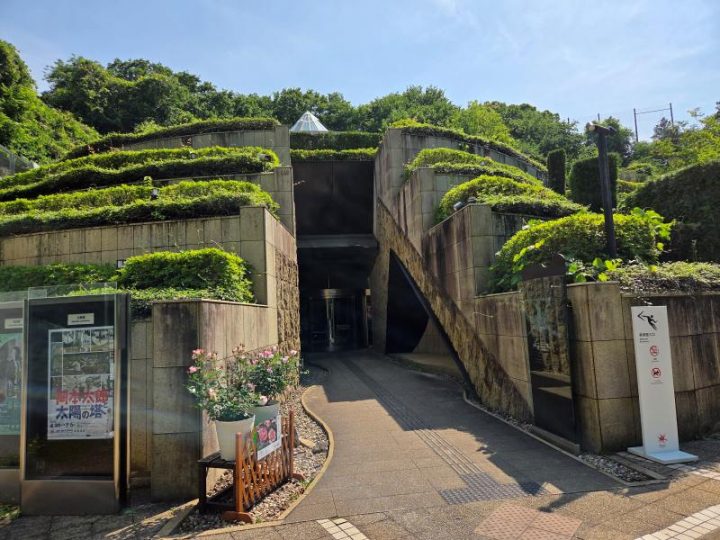
Taro Okamoto was born on February 26, 1911, as the eldest son of manga artist Ippei Okamoto and poet and novelist Kanoko Okamoto in Takatsu Village, Tachibana County, Kanagawa Prefecture (now Futago, Takatsu Ward, Kawasaki City), where Kanoko's family home is located. Raised in an artistic family, he enjoyed drawing from an early age, but by the time he entered junior high school, he began to worry about the meaning of drawing and was unsure about becoming a painter.
-It's a wonderful art museum surrounded by the nature of Ikuta Ryokuchi.
SatoKawasaki City is the birthplace of Okamoto Taro and a place where he has many family memories. From 1989 to 1991, the Kawasaki City Museum (currently closed) held a special exhibition of the Okamoto family's works, which led to the decision to donate his major works to Kawasaki City, and the construction of this museum. The first donation included approximately 300 paintings and sculptures. The second donation included approximately 1,500 pieces of industrial design, prints, drawings, and writings. The museum now houses approximately 1,800 pieces, including his most famous postwar works.
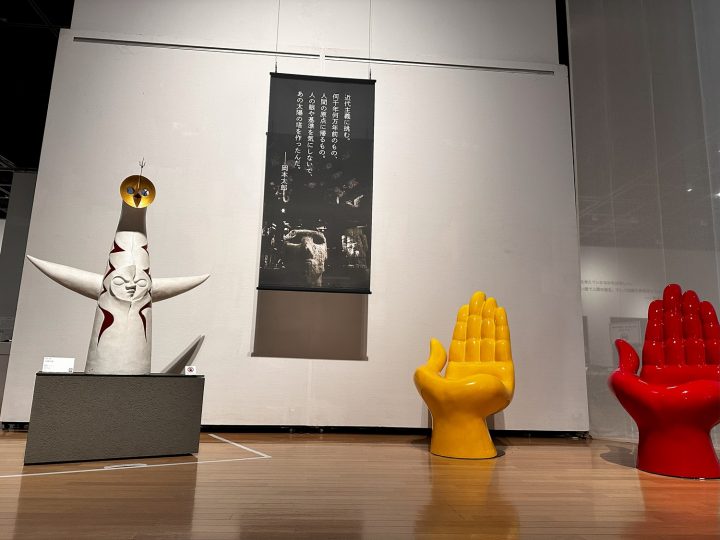
-I heard that you hold special exhibitions four times a year.
Sato : Yes, we have five curators in charge. Our permanent exhibitions change in tandem with the planned exhibitions, so it is popular with repeat visitors who can encounter new works every time they visit. Depending on the theme, we may hold a museum-wide exhibition that does not separate the permanent exhibition from the planned exhibitions.
-It's well worth seeing. By the way, Mr. Sato, what is your impression of Taro Okamoto?
Sato: I have been involved with the museum since its opening preparations, and at first I simply thought of him as an artist. However, the more I get to know him, the more I am amazed by his depth of insight, and now I think of him as more of a thinker.
Taro Okamoto graduated from Keio Gijuku Junior and Senior High School in March 1929, and enrolled in Tokyo Fine Arts School (now Tokyo University of the Arts) the following month, but took a leave of absence in December. He accompanied his family on a trip to Europe to cover the London Disarmament Conference. He studied under Marcel Mauss, a sociologist and anthropologist at the University of Paris (Sorbonne). He studied ethnology, and I believe that his interest in and new perspective on indigenous beliefs and ethnic events indirectly influenced his work.
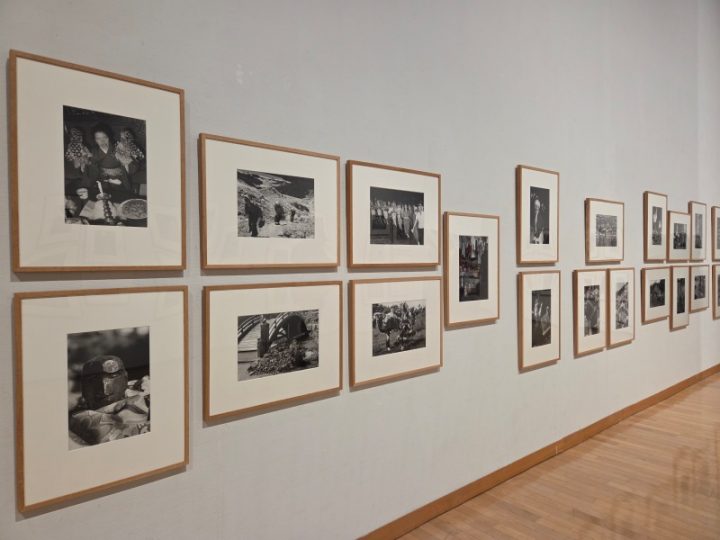
Farewell to his mother and meeting Picasso

After seeing his parents off to return to Japan, Taro Okamoto stayed behind in Paris to pursue his own artistic expression. One day, while still uncertain about art despite his many learning experiences, he happened to stop by an art gallery and was struck by Pablo Picasso's work, "Jug and Fruit Bowl."
-During your 10 years in Paris, you became acquainted with ethnology and Picasso, which became a guiding principle for your later work.
After witnessing the new depictions in Sato Picasso's works, he set his sights on surpassing Picasso and devoted himself to painting with the idea of "polarity."
-Around the same time, I experienced my final separation from my mother, Kanoko.
The last time he saw Sato 's parents was in Paris, when they returned to Japan. Although the Okamoto family had a unique upbringing, Kanoko's attitude towards his work and his approach to art were strongly influenced by her. The museum's symbolic tower, "Mother's Tower," was created to faithfully reproduce the image of a rich, full-bodied mother's kindness. It was designed to face the Okamoto Kanoko Literary Monument "Pride," which was erected by Taro on the banks of the Tama River in 1964.
Carrying on the works and thoughts

-Taro Okamoto has created works in many fields, not just painting. He also created many public art pieces, such as the Tower of the Sun, which was recently recommended as an Important Cultural Property.
Sato: Taro Okamoto is a multifaceted artist, with numerous objects and monuments throughout Japan. He not only has large works of art, but also many photographs and writings, and has a wide range of connections with people. It is no exaggeration to say that our museum is where you can find "almost everything about Taro Okamoto's art." We would like to continue to convey the appeal, breadth, and depth of Taro Okamoto's work.
Text by Mai Shimura (editor/writer)
Taro Okamoto Museum of Art, Kawasaki
Address: 7-1-5 Masugata, Tama-ku, Kawasaki City, Ikuta Green Space
Phone number: 044-900-9898
Official website: here
